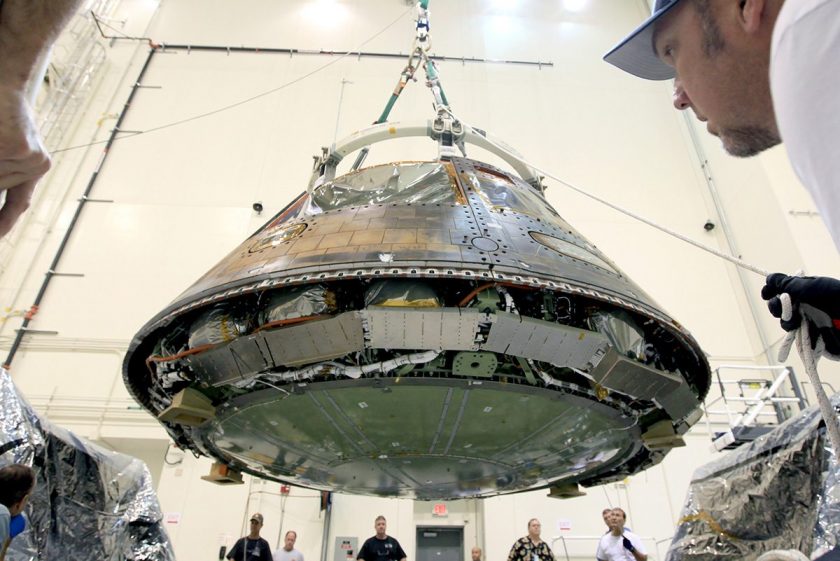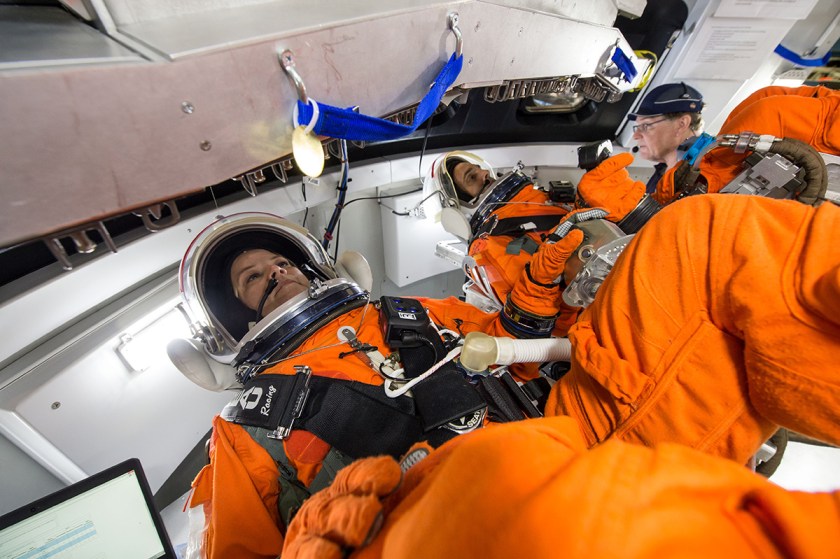
Late last year, Rolling Stone magazine proclaimed Mars a “hot destination” on its annual Hot List.
A number of factors made this the case: For one, Elon Musk’s Space X has the Red Planet in its sights. Other companies like Mars City Design aren’t even waiting for anyone to get there; they’re just assuming we will, and making the most of it. Blockbusters like The Martian have put a Hollywood spin on colonization—and made it seem altogether more believable (even if Matt Damon did get left behind). And maybe most tangibly, NASA’s next-level spacecraft, Orion, has set the timer ticking.
Let’s take a closer look at Orion, which has the backing of the U.S. government and is also being constructed and tested at Kennedy Space Center by Lockheed Martin’s aviation experts.
Getting things started, if you thought a trip to Mars would be as easy as, say, flying from New York to Los Angeles, think again; one round trip could take years to complete. So the type of spacecraft you’ll need to get you from Point A to Point B must be well-equipped for a longer-than-normal journey. To this end, Lockheed Martin has studied how to keep the capsule’s insides equipped with a recyclable air source while remaining pressurized. NASA notes that test flights (not to Mars, but with astronauts) could begin as early as 2021.

Potential Orion crew members will be put through rigorous training, which will include periods of confinement and isolation. Also, lengthy flights in space can lead to muscle atrophy and the buildup of fluids in the upper half of one’s body. For these reasons, regular exercise and pressurized pants, respectively, will help crew members counteract these issues.
The spacecraft itself will need to be incredibly clean. Think about it this way: If you go over to your germaphobe friend’s apartment and sneeze right on her, she’ll probably get your cold. Now, think about what that scenario would be like if we deposited some harmful microbe on the martian surface. So NASA and Lockheed Martin will have to put Orion through the anti-contamination ringer before it shoots off anywhere.
Transmissions are another story altogether. Because Earth and Mars are always at a distance from each other—and a varying one, at that—transmissions between our two planets would be on anywhere from a three- to 22-minute delay.
Lastly, the astronauts on Orion will need to do experiments that may not fit the tight area of the spaceship. So there’ll be a second habitat, which Orion would be able to dock with that might have additional lab equipment on it, so as to make the most of the space.
For the most recent developments on the Orion project via click here or via Lockheed Martin, here. Below, watch a highlight reel of some of the project’s advancements from NASA.
—RealClearLife Staff
This article was featured in the InsideHook newsletter. Sign up now.























